Halloween special: what are Chinese hopping zombies? Meet jiangshi, the undead horror film villains made famous in cult 80s Hong Kong movie Mr Vampire
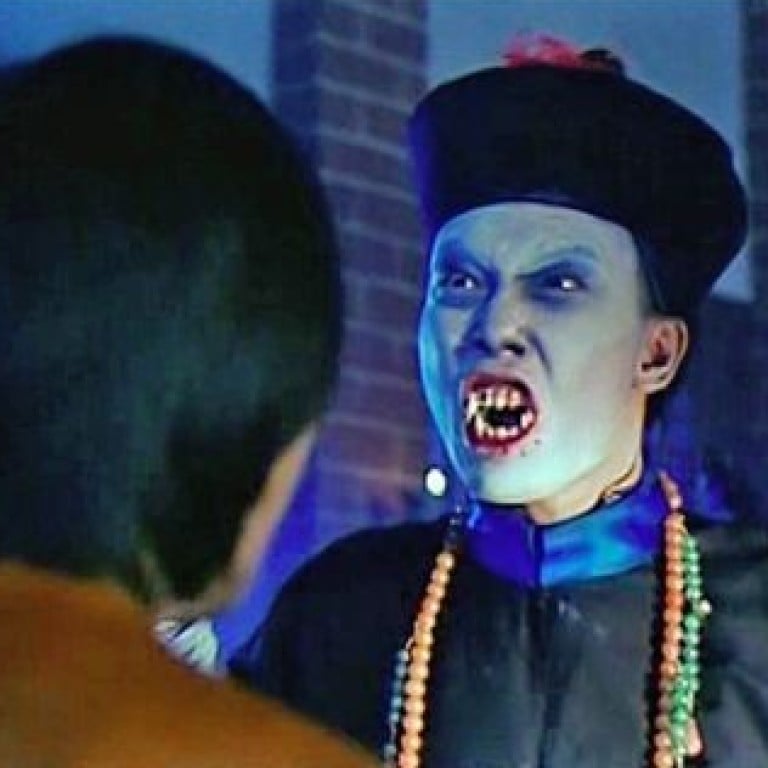
Different cultures share different spooky stories, and where the Western world is taught to fear vampires and zombies, Chinese folklore shuns jiangshi, which directly translates to “stiff corpses”. They’re also known as “Chinese hopping zombies” or “Chinese hopping vampires” for how they get around.
You might have spotted the undead monster – traditionally recognisable for its dark robes, red-topped cap, forehead talisman and deathly pale skin – in movies, TV shows or video games.
‘Be water’: What was Bruce Lee’s philosophy, and why does it live on?

Cursed gems: the world’s most expensive jewels rumoured to bring bad luck
What are jiangshi?
There are a number of jiangshi origin stories. According to one, if a family member passed away far from home in China, those who could not afford much in the way of travelling expenses for the deceased were said to hire a Taoist priest to transport the body.
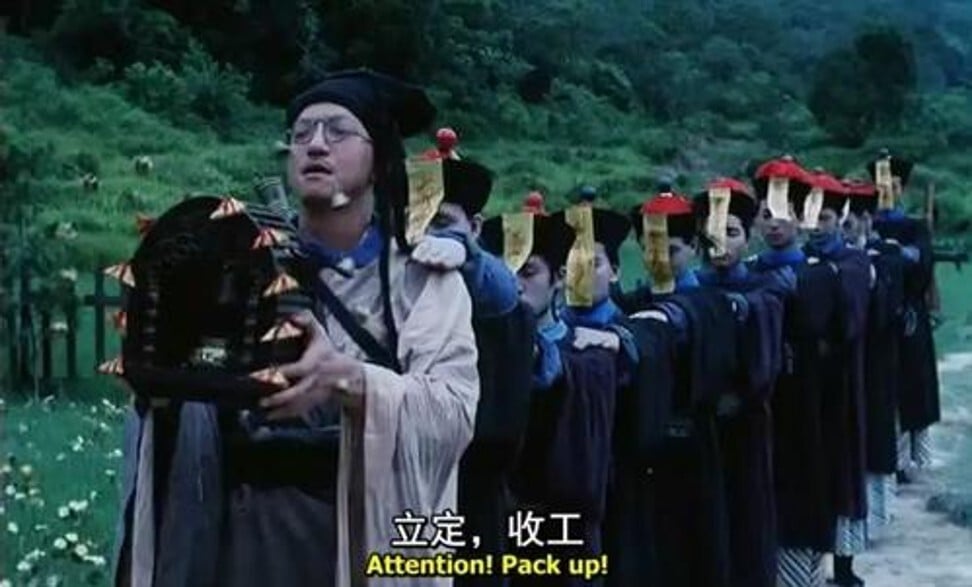
The priest would do this by temporarily reanimating the body, enabling it to follow along all the way to its proper burial place. The priest, meanwhile, would ring a bell to warn passers-by to keep their distance, as gazing upon a jiangshi was believed to bring bad luck. The practice was supposedly popular in Xiangxi, in China’s southern Hunan province, where many original residents left home to find work in other areas.
Much like their Western counterparts, jiangshi are averse to sunlight, and stay in coffins or hide in dark places during the day. To stay “alive”, they need to kill living creatures and absorb their life essence, or chi, at night.
What do they look like?
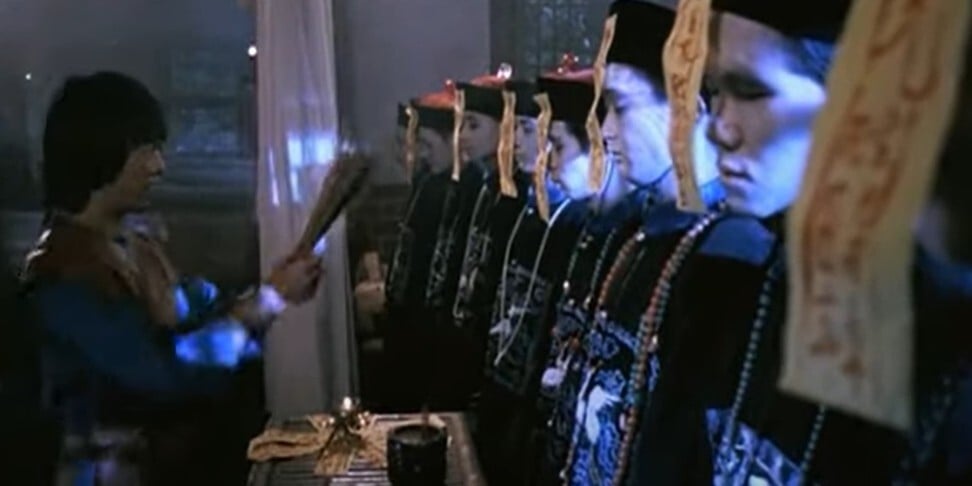
In popular media, Chinese hopping vampires are typically depicted donning the garments of Qing dynasty officials: black and navy blue robes, a rimmed hat with a rounded top, and long braided pigtails.
There are a few potential reasons for this. The earliest written records about jiangshi appear to originate from the Qing dynasty. Penned by the Qing scholar Yuan Mei, the book What the Master Would Not Discuss was a collection of supernatural stories, some of which featured jiangshi. Another book, Fantastic Tales by Ji Xiaolan, explained how jiangshi came to be.
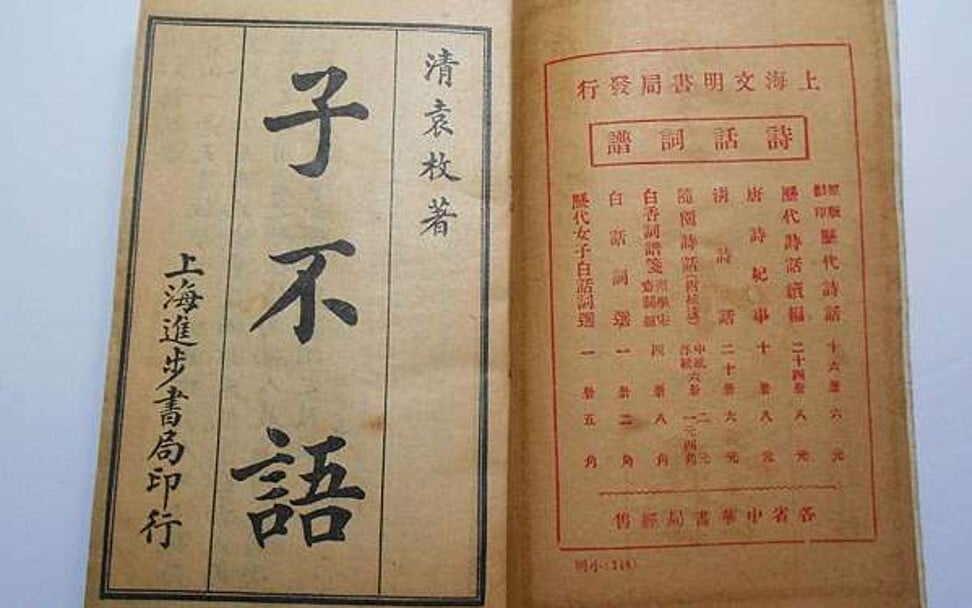
The robes of the Qing official were also historically used as burial clothing. In Chinese culture, prosperity and success are important not only in life but in the afterlife and reincarnation, as well. Therefore, families would bury their deceased in these fine clothes to show status or wealth.
How to kill a Chinese vampire
How would you escape from them?
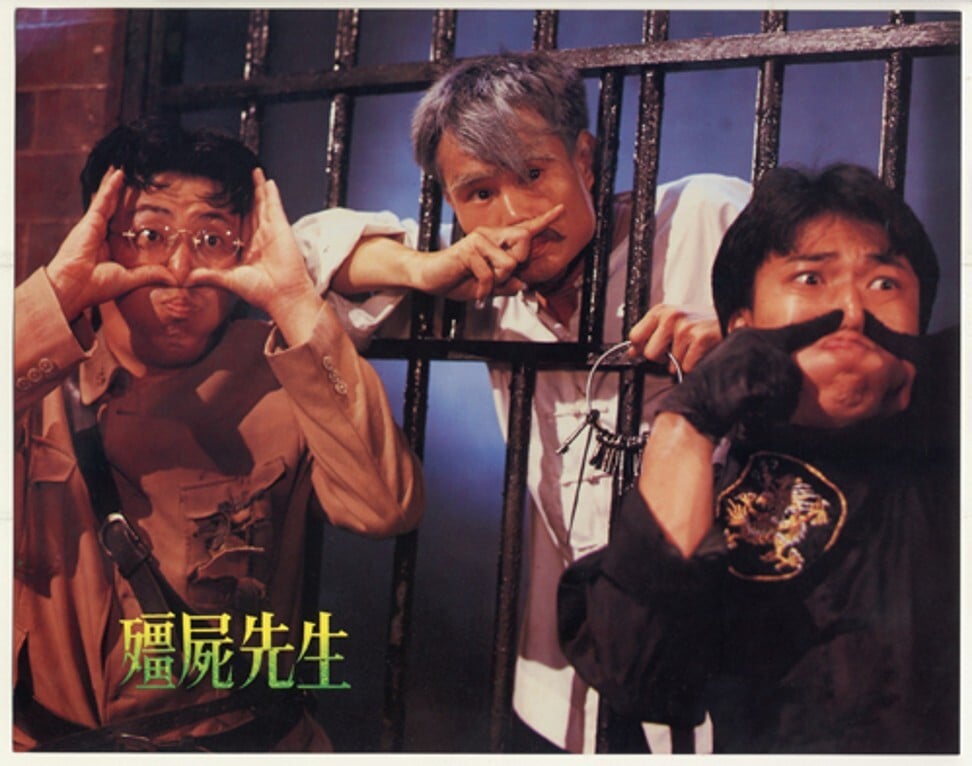
In movies, people often escaped the creature’s notice by holding their breath.
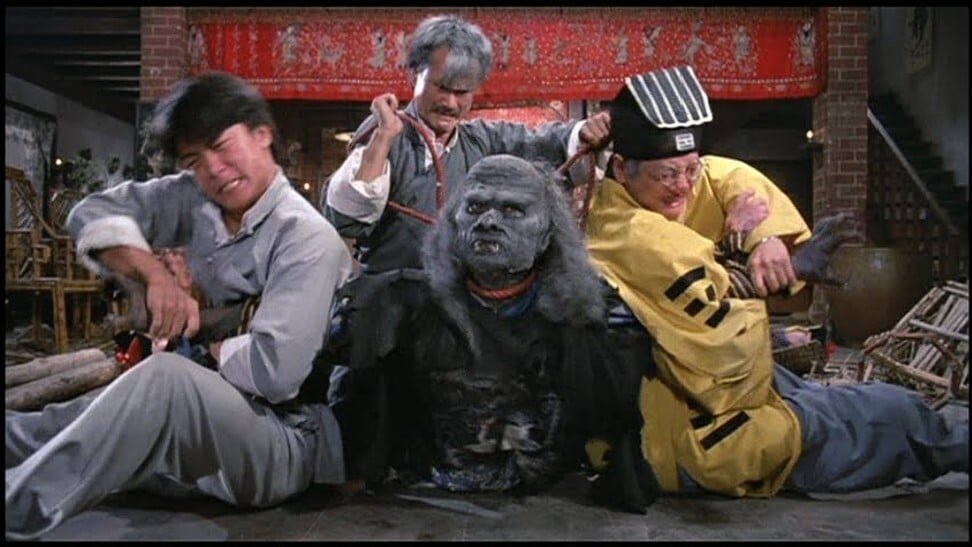
Taoist priests, on the other hand, fought against jiangshi with sealing spell talismans, mirrors, sticky rice, the blood of chickens or black dogs, swords made out of peach tree wood, and a whole host of other magical methods.
5 mind-blowing facts about Beijing’s unbeatable Forbidden City
Who was the most iconic jiangshi-slayer in Hong Kong cinema?
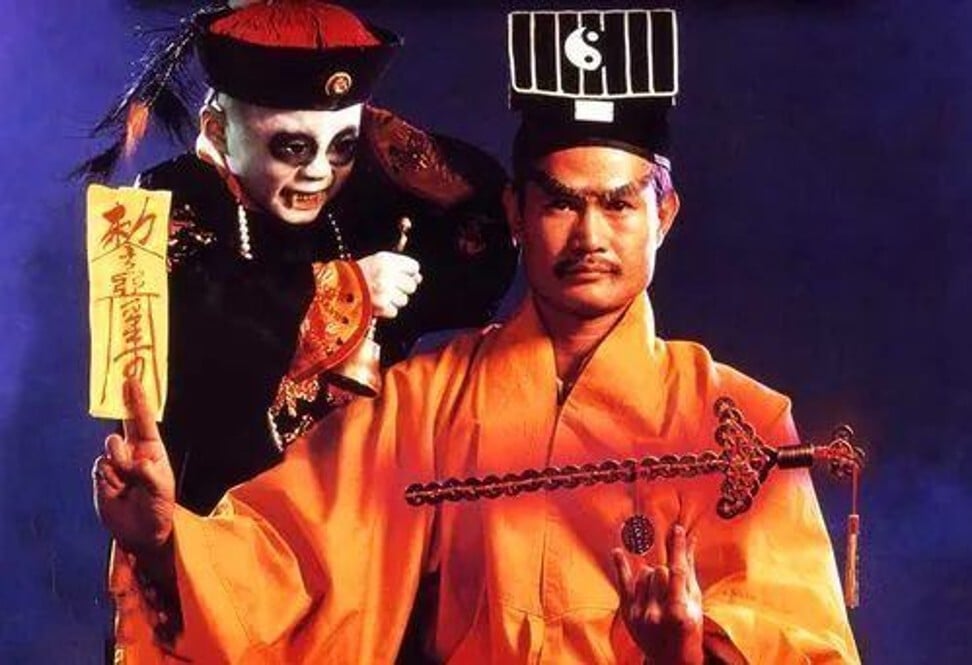
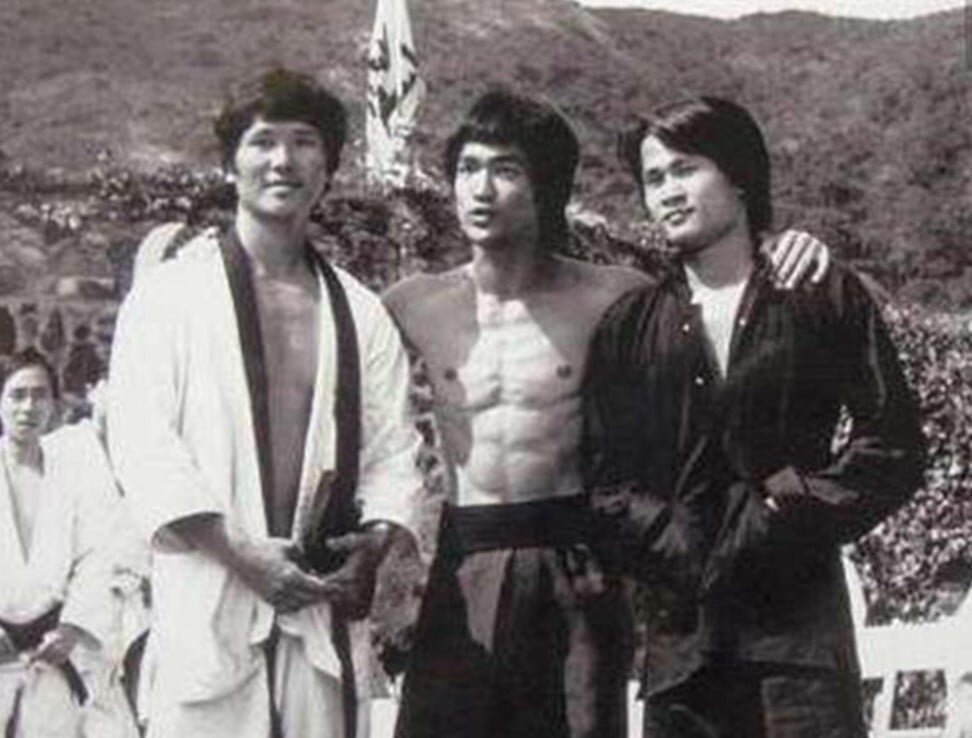
Lam went on to play Taoist priests in Mr Vampire II (1986), Mr Vampire III (1987), Vampire vs Vampire (1989), Magic Cop (1990) and Encounters of the Spooky Kind II (1990). These movies forever typecast Lam as the iconic jiangshi slayer.
Want more stories like this? Sign up here. Follow STYLE on Facebook, Instagram, YouTube and Twitter .

Bruce Lee’s personal assistant Lam Ching-ying later became famous himself as the notorious vampire-slaying hero of the Mr Vampire trilogy, Magic Cop and Encounters of the Spooky Kind II – here’s everything you need to know about the menacing movie monsters